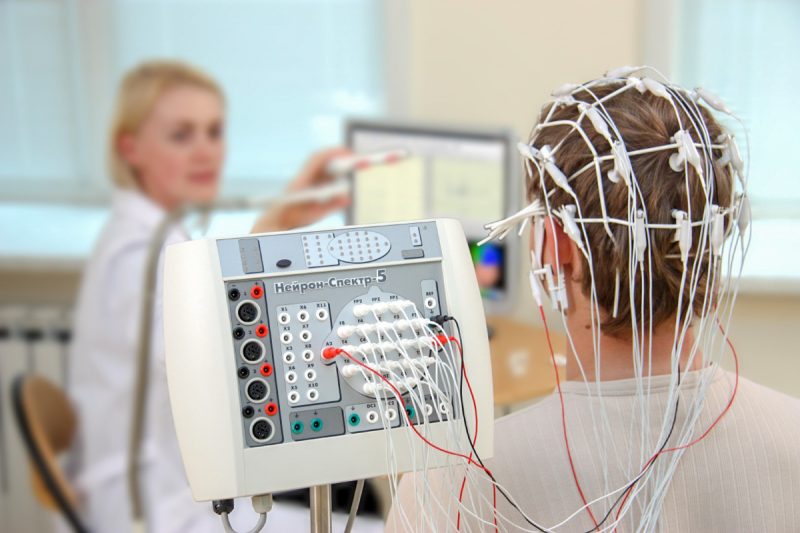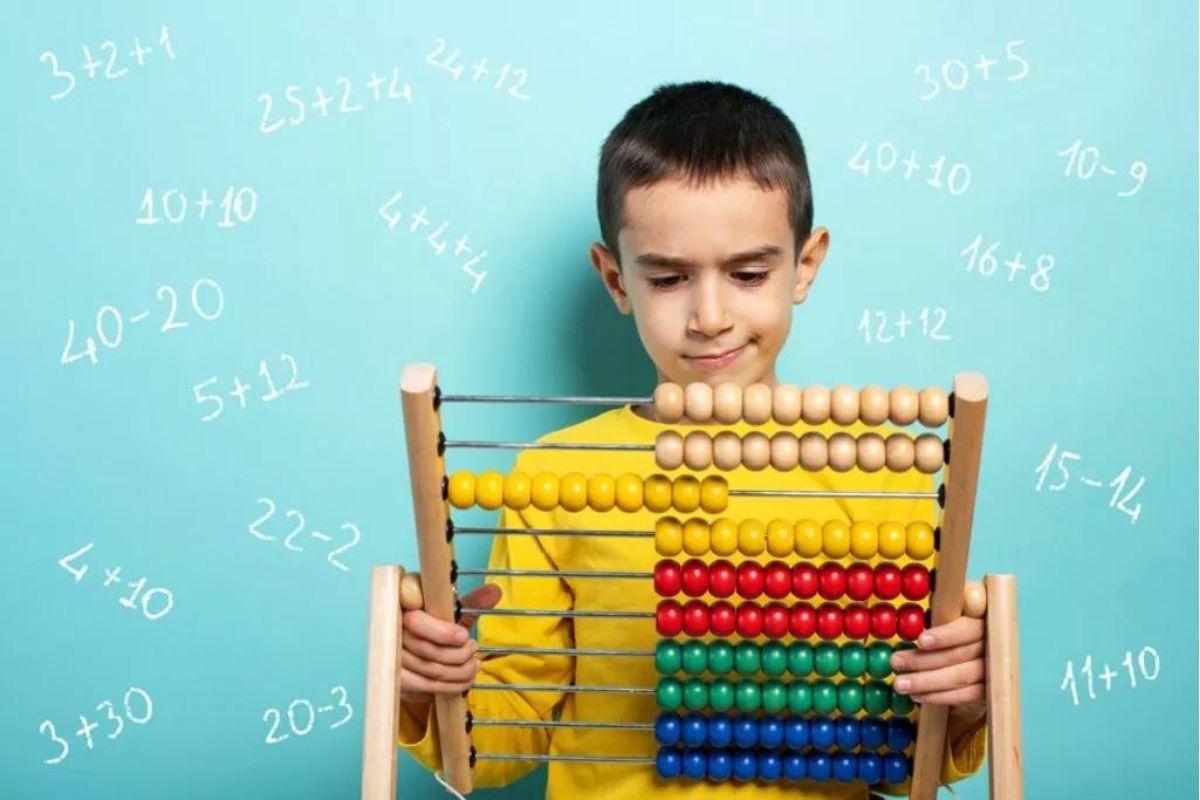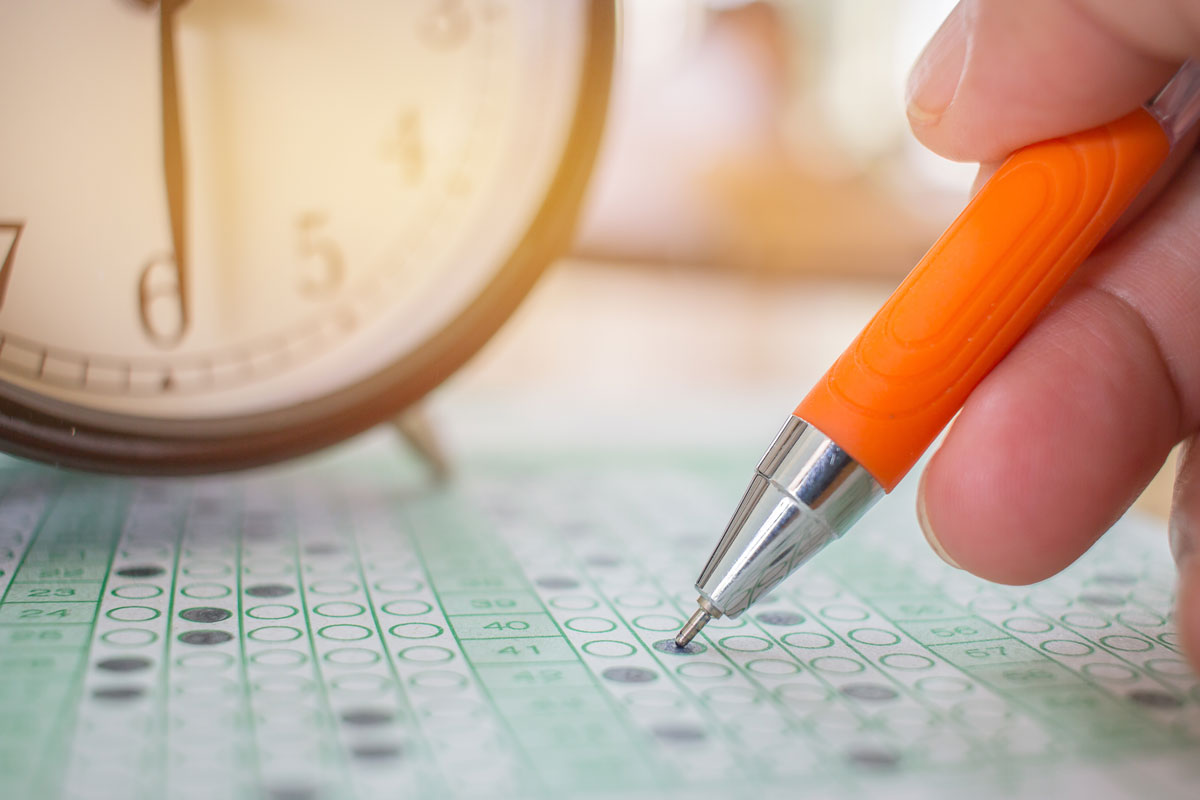Want to Increase Student Motivation? Help Them Develop a Mathematical Mindset

According to a new study that will appear in Trends in Neuroscience and Education, researchers have found that having a mathematical mindset increases student motivation. Ian Daly, Jake Bourgaize, and Alexei Vernitski from the University of Essex in the United Kingdom collaborated in a study that had research participants solve mathematical mindset problems versus standard problems while their brain activity was measured with an electroencephalogram (EEG) machine.
What is a Mindset Theory?
Carol Dweck rose to prominence through her studies on learners and what motivates them. She coined the term mindset theory, in which she theorized that all individuals have one of two beliefs: they either have a “fixed mindset” or a “growth mindset.” In short, fixed mindset individuals believe that their ability to problem-solve or perform a particular task is limited, whereas an individual with a growth mindset believes that their performance can be improved over time with practice.
Researchers for the study implemented elements of mindset theory to questions, labeling them as mathematical mindset problems. These problems had the following characteristics:
- There are multiple methods, paths, and representations
- The problem is asked before the method is taught
- Make the problem visual and extract the mathematical meaning from the visualization
- Extend the task so that there is a “lower floor” and “higher ceiling”
- Provide opportunities for inquiry
- Challenge students by expressing skepticism so that they convince and reason

Methodology
The study included 23 university-aged participants from the University of Essex (10 male, 13 female). Participants were given either a mathematical mindset problem versus a standard problem to solve in over a five-minute period. Immediately before and after the problem, participants were asked to respond to a series of questions regarding their motivation levels. A total of 10 problems were administered to each individual. As participants completed problems, EEG levels were monitored and recorded throughout the process.
Findings
The hypotheses at the beginning of the study were two-fold:
- That participants would find mathematical mindset problems more motivating than standard problems.
- That EEG levels in participants would vary significantly between mathematical mindset problems and standard problems.

The researchers found that both hypotheses to be validated, and noted that this validation occurred despite the fact that participants were not explicitly told about the difference between a mathematical mindset and standard problem, or when such a problem would appear during the course of the study. The study found a “significant difference” in motivational level when the the participants’ reports were aggregated between standard and mathematical mindset problems. The study also found positive EEG asymmetry results when participants attempted to solve mathematical mindset problems. This finding is significant because other studies have suggested that greater left prefrontal hemisphere activity (increased asymmetry) is correlated with increased levels of motivation (Coan and Allen, 2004).
Although the study focused on mathematical mindset problems, it is reasonable to assume that the characteristics of these types of problems can be applied to other disciplines. By creating deeper problems that have multiple possible viewpoints and methods to be analyzed, facilitating more opportunities for inquiry, and challenging students through rigorous discussion, educators can perhaps apply the learnings from this research study to help improve student motivation and attitudes.
This article is available and can be accessed in Spanish here.
Ian Daly, Jake Bourgaize, Alexei Vernitski , Mathematical mindsets increase student motivation: Evidence from the EEG, Trends in Neuroscience and Education (2019), doi: https://doi.org/10.1016/j.tine.2019.02.005
J.A. Coan and J.J. Allen. Frontal EEG asymmetry as a moderator and mediator of emotion. Biological Psychology, 67(1-2):7-50, 2004.









